cyborgboy95
News Cyborg
- Joined
- Aug 24, 2019
- Messages
- 3,203
https://community.expeditionsseries.com/index/dev-diaries/devdiary-16-sieges-r23/

DevDiary 16 - Sieges
Ave! It’s release week! In a mere four days (count them!), Expeditions: Rome will be released to the world in all its glory, and you will finally be able to continue your demo playthrough into the full game. Will you manage to save Cotta from the clutches of Mithridates? Will Archelaus prove to be a useful hostage if you left him alive? Will Julius Calidus ever drop the act and admit to very clearly being a woman? You’ll find out soon!
Today’s subject is one we’ve been deliberately saving for last, since it concerns our most impressive set-pieces. One of the main challenges we’ve always had in the Expeditions series has been how to represent the full scale of the war that you usually end up causing or escalating throughout the story. The squad-scale turn-based combat system that we’re so proud of is all about micromanaging individual people and isn’t designed for full-scale warfare.
In Rome, our main solution to this was the addition of the legion battle system, which uses the resource management mechanics of the game’s meta systems to give a taste of the grand strategy you’d expect to have to deal with as the leader of a Roman legion. It’s a complex little minigame that ties into a lot of other systems, but once in a while you want something more. When the story culminates in a big battle, you don’t want to watch it play out in an abstract way: you want to feel like you and your praetorian guard have been thrown into the fray. You want to see the chaos of a major assault up close.
To address this need, we’ve introduced a new way to use our tactical combat on a larger scale, which we call Sieges. Sieges are big set-piece battles that play out in the same small-unit turn-based mode as our more typical encounters, but with several layers of extra production value on top, and with new systems introduced to help sell the scale of the fighting.
First off, what makes the sieges really stand out is the level design. Every siege consists of multiple encounters played sequentially or even occasionally in parallel, but every encounter of a siege takes place in the same enormous level. Even if you’re only fighting with one group in one corner of a city, you can rotate your camera and see exactly where you are in relation to the other encounters. Our world builders really went above and beyond on these levels, crafting jaw-dropping sets that dwarf our typical encounter areas. As the battle progresses, the lighting will change to show the passage of time. You may begin an assault at dusk, fight throughout the night, emerge to seal the victory at dawn’s first light, and regroup for your celebrations at noon.
Because sieges consist of multiple encounters, you should make use of your entire praetorian guard. Ahead of each siege, you are given a thorough briefing followed by a hand-drawn map of the layout of the battle. Here you must choose which praetorian is assigned to which group, with each group responsible for completing a certain set of encounters, each with their own objectives and their own purpose in the overall strategy. Complicating matters, wounds incurred and health lost carries over between encounters, so if you burn through all your skill charges and tactical items in an early fight, you may be faced with a grave challenge later in the siege.
Every siege has its own unique encounter structure. We won’t give any of them away here, but suffice to say we have a lot of fun with the idea that your praetorian guard is split into multiple teams to carry out different tasks within the same battle. Your performance in one encounter may affect your options in the next one, or in some cases you may even have to switch back and forth between two different encounter groups to play their separate fights at the same time.
The stand-out feature of the sieges is something we’ve been hinting at in previous trailers: catapults. The closest we’ve ever come to featuring siege equipment in an Expeditions game was the small cannon you could build in Conquistador and deploy as a tactical item. In Rome, you finally get to call in real artillery support, but it’s not quite the win-button it might at first seem to be. Catapults get their own place in the team turn order. Each catapult has 3 different types of ammunition: a big ol’ stone to smash your foes; a fire ball to set the battlefield aflame; and a scattering projectile that pelts a wide area and attempts to knock all characters within it on their butts.
However, catapults take a while to aim and loose – when you call in a catapult strike, the actual impact won’t happen until the next turn, giving enemies time to flee the impact area. Finding ways to predict their movements, box them in, or keep them in place until the catapults hit is key to successful use of your artillery. A truly effective commander will learn to think of artillery support as an area denial method: if you call in a fireball behind the enemies, you cut off their avenue of escape. Likewise, calling in a catapult stone on an elevated platform used by enemy archers will force them to vacate that location or die before their next turn. It’s a tremendously fun and destructive mechanic which adds an exciting layer of chaos to every siege.
The icing on top of the cake is how narrative the sieges are. One of the best new features in Expeditions: Rome is our flexible encounter scripting system that has allowed us to trigger dialogue and scripted sequences during fights, which means combat is much more of a storytelling tool for us than it’s ever been before. Sieges make the most of this. Every siege encounter has dialogue to establish the situation, characters react to new developments and comment on the progress towards completing the goal of each fight, and they even comment on the performance of their friends that were assigned to other tasks. Above all else this adds personality and drama to the mix, but it also helps to tie the encounters together and make it clear what’s going on and how well you’re doing.
Sieges are the climactic battles that your conquest builds towards. They usually (though not always) mark the transition from one act of the game’s story to another, and winning a siege is a monumental achievement that further cements your character as one of history’s great figures.
To find out more about how sieges were designed and maybe even catch a preview of how it looks in action, please join us on the THQ Nordic Twitch channel this Wednesday, January 19 at 1:00 PM Eastern / 6:00 PM GMT at http://twitch.tv/thqnordic for our DevStream, where Senior Producer Brad Logston will host Creative Director Jonas Wæver and Combat Designer Hans Emil Hoppe Rauer. Any questions you post as comments on this diary will be answered on the stream.
We’ll also be streaming throughout launch day, January 20th, on the same channel, so feel free to drop by! Many of the development team will be jumping into the stream as Brad plays through different sections of the game.
Until then, Valete!



































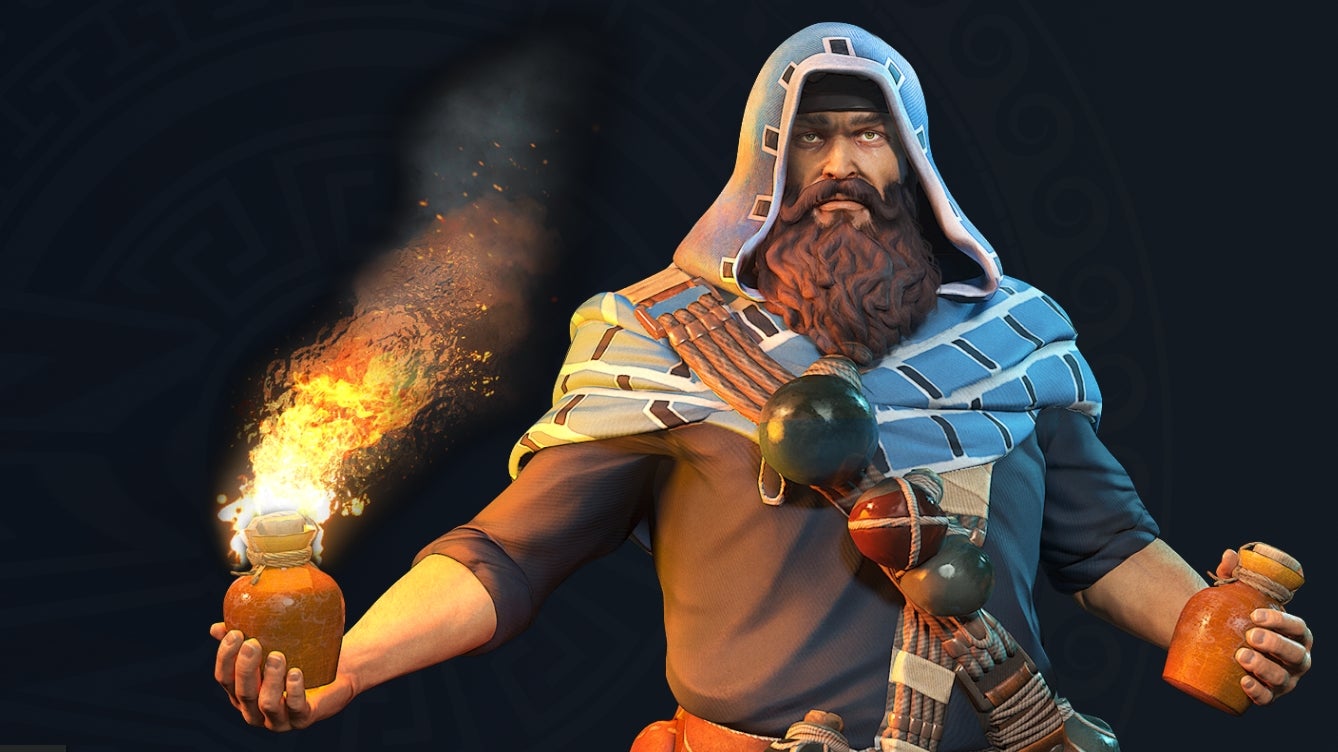
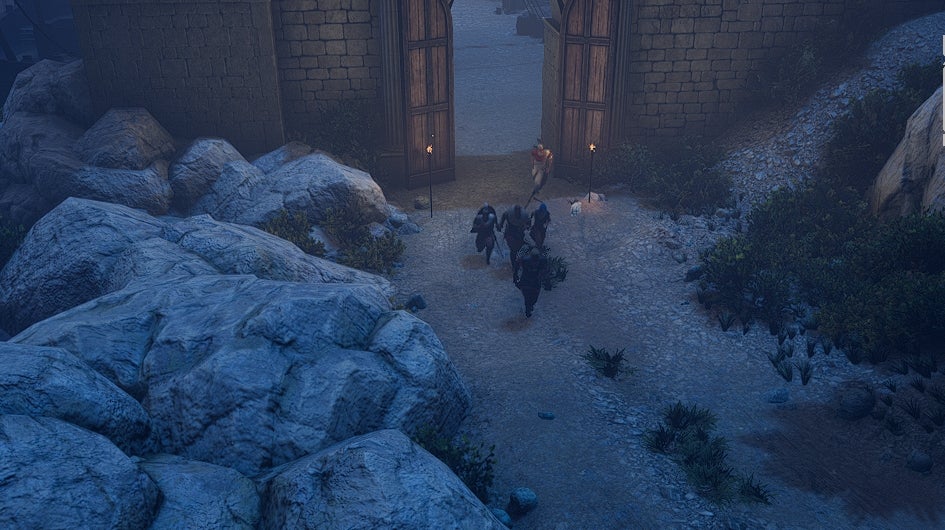
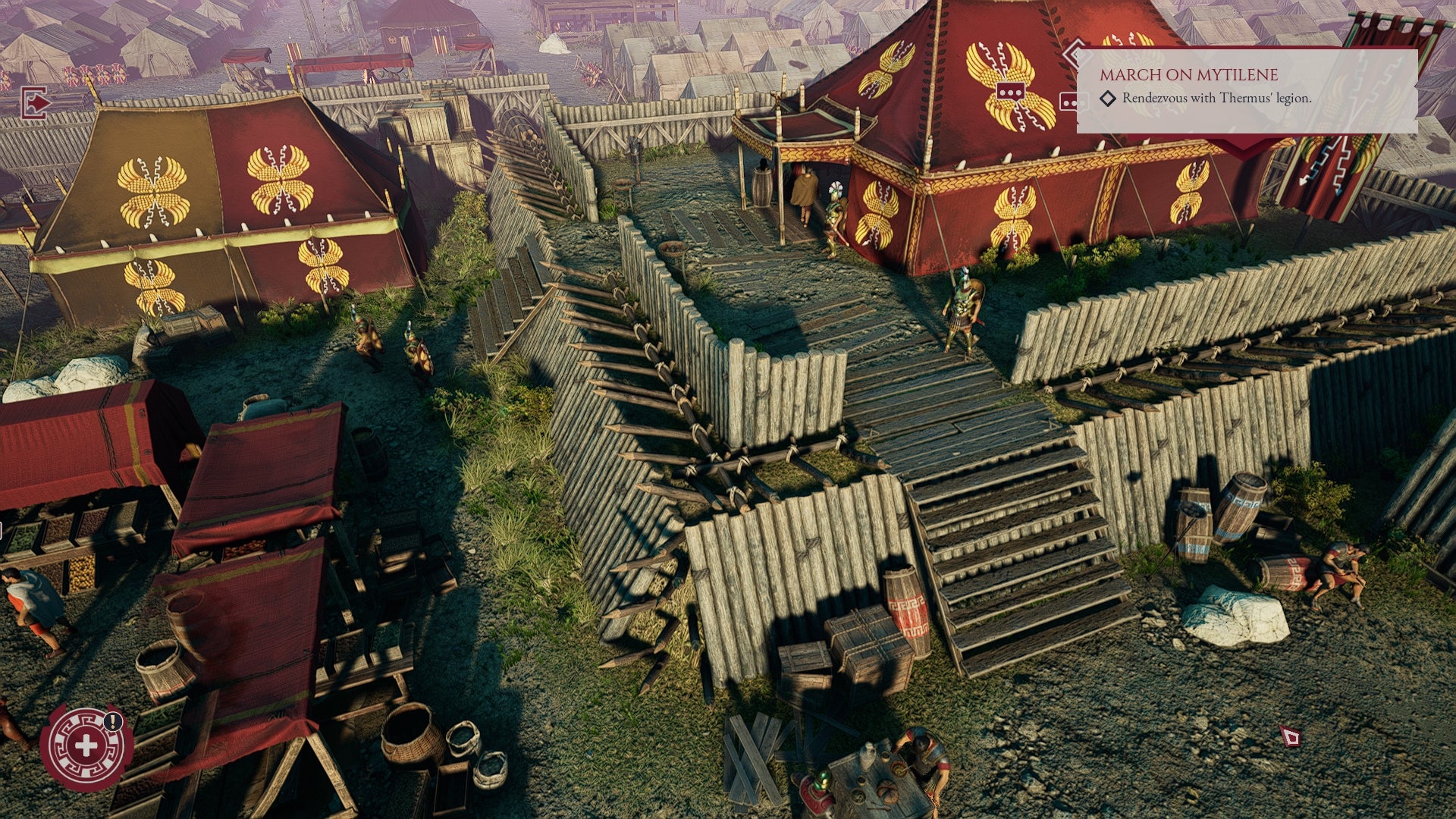
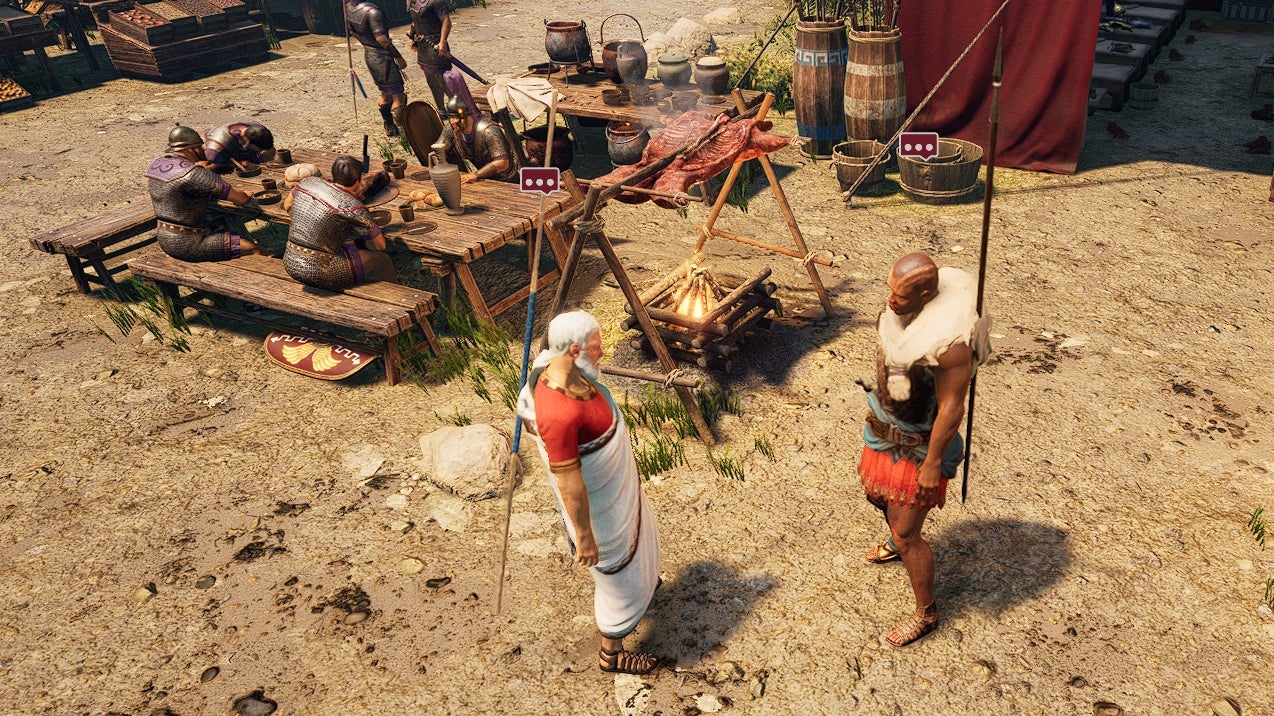
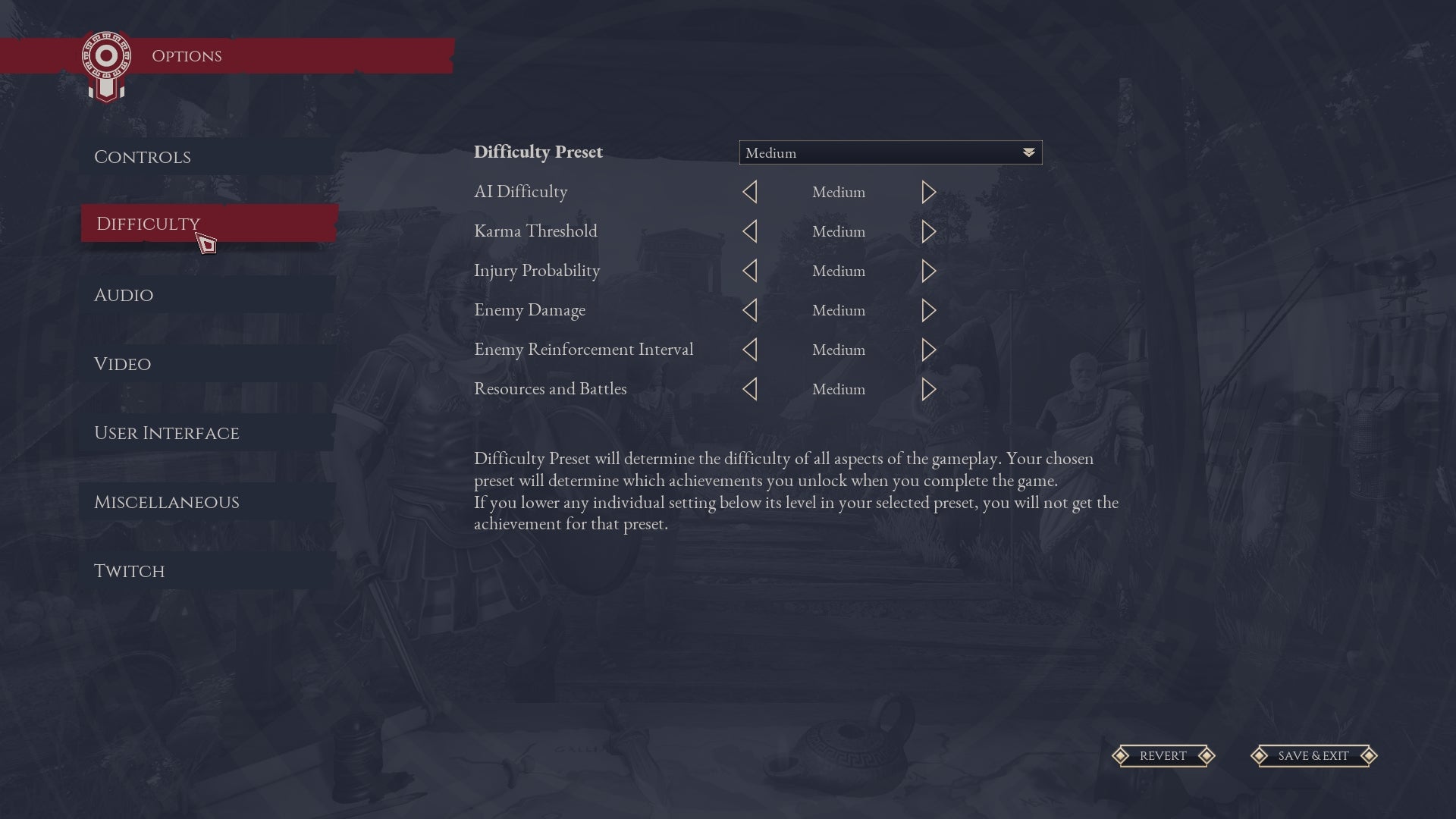
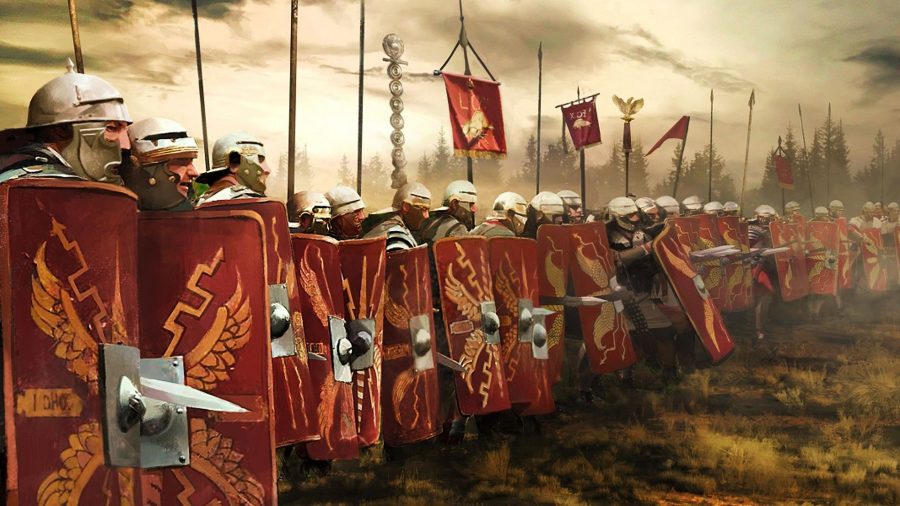
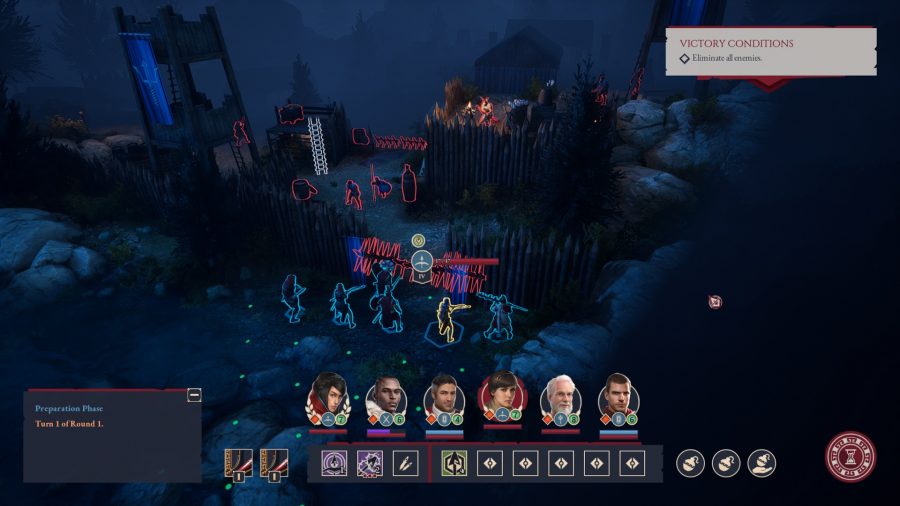
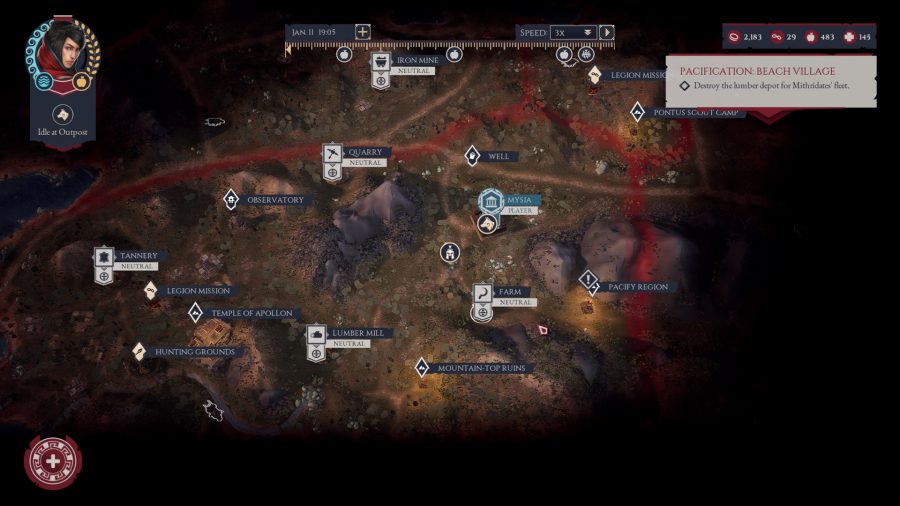
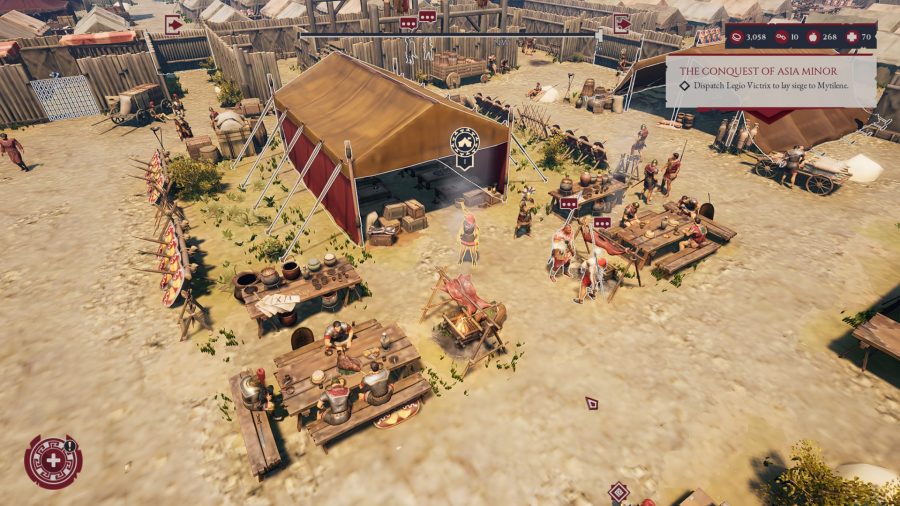
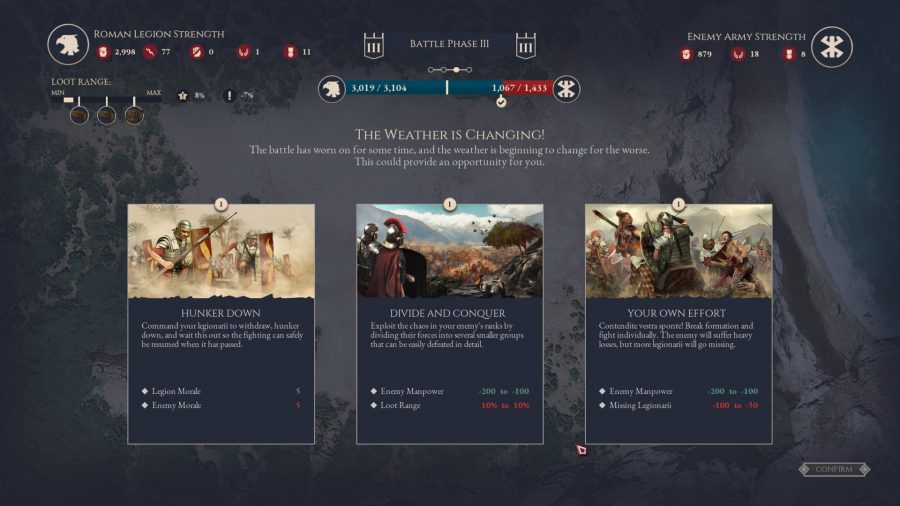





![Glory to Codexia! [2012] Codex 2012](/forums/smiles/campaign_tags/campaign_slushfund2012.png)
![Have Many Potato [2013] Codex 2013](/forums/smiles/campaign_tags/campaign_potato2013.png)
![The Year of Incline [2014] Codex 2014](/forums/smiles/campaign_tags/campaign_incline2014.png)




